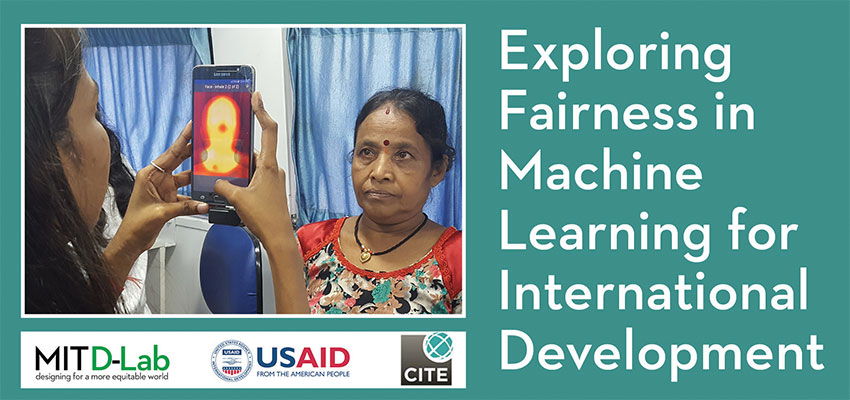
Exploring Fairness in Machine Learning for International Development
Preface
This document is intended to serve as a resource for technical professionals who are considering or undertaking the use of machine learning (ML) in an international development context. Its focus is on achieving fairness and avoiding bias when developing ML for use in international development. This document provides guidance on choice of algorithms, uses of data, and management of software development. It also illustrates the application of this guidance through a case study. The focus is on developing ML applications, rather than procuring ready-made solutions, although many of the considerations outlined in this document are also relevant to ML procurement.
This document is meant to be accessible to a wide range of readers, but it does assume some prerequisite knowledge related to machine learning. It is recommended that readers have a basic foundation in computer science.
For a broader introduction to basic concepts of machine learning in the context of international development, readers are referred to USAID’s companion document, Reflecting the Past, Shaping the Future: Making AI Work for International Development (Making AI Work). Developed by the organization’s Center for Digital Development, Making AI Work identifies issues that may be encountered when implementing ML in international development and provides a summary of findings on the appropriate applications of ML in these settings.
Development practitioners who are addressing fair and responsible use of AI and others concerned about the risks of using AI in development programs may benefit from reading Making AI Work before reading this document.
Whereas Making AI Work primarily targets development professionals working with technology partners, the present document serves to support technology professionals within the development context. The drafting team built upon Making AI Work by describing technical approaches for implementing ML projects in ways consistent with the published USAID guidance. The principles and practices described in this guide, in conjunction with those outlined in Making AI Work, aim to support the successful partnerships described by USAID:
[D]evelopment practitioners … must collaborate with technology experts to develop these tools for the contexts in which we work. … Many of the projects discussed in this report have involved collaboration between a “technology partner” and a “development partner.” In some cases, the development partner may be based in a donor agency or implementing partner (e.g., as an activity or grant manager), while the technology partner is contracted to deliver an ML-dependent tool. Development-technology partnerships can also arise from situations with less formal distinctions. These include academic collaborations, co-creation efforts, or within an in-house interdisciplinary team.
Drafting of this document was led by the Comprehensive Initiative on Technology Evaluation (CITE) at the Massachusetts Institute of Technology (MIT). This work was supported initially through USAID’s Center for Development Research (CDR) and completed through partnership with USAID’s Center for Digital Development.

